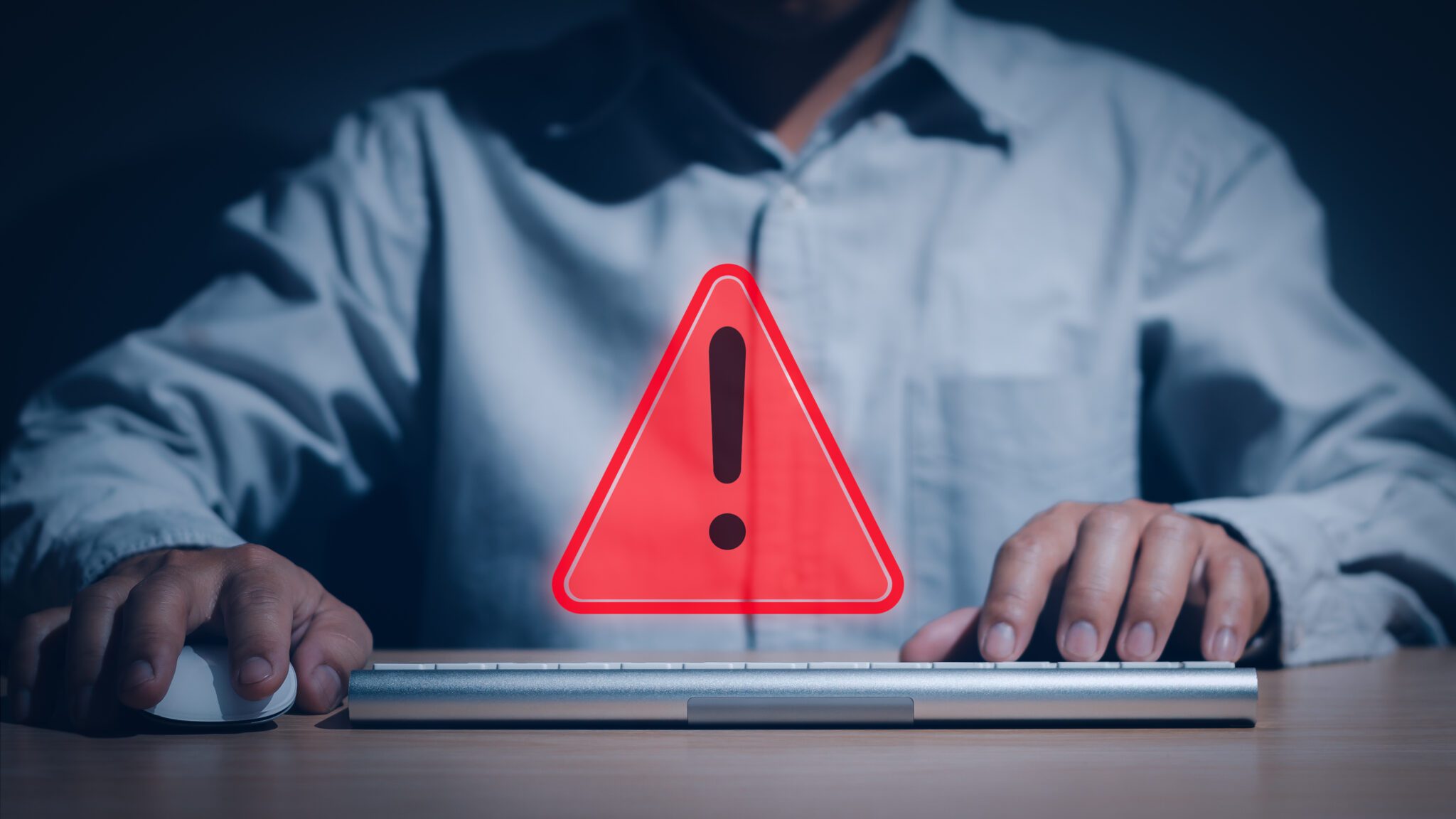The Future of WordPress Security in 2025 and Beyond
Navigating the Potential Shutdown of the CVE Program
In today’s digital-first business landscape, maintaining a secure website is as vital as having a reliable internet connection. For millions of businesses powered by WordPress — the platform that runs over 60% of all websites — security has always relied on a silent hero: the Common Vulnerabilities and Exposures (CVE) system. But that might be changing, and not for the better.
Recent developments have highlighted the potential collapse of the CVE program, largely due to funding issues from the U.S. government. As outlined by journalist Brian Krebs, updates to the National Vulnerability Database (NVD) — where CVEs are indexed — have slowed dramatically. This has serious implications for everyone from solo developers to large businesses, especially those relying on third-party tools and platforms like WordPress.
What the CVE Program Is (And Why It Matters)
The CVE program is a global standard used to identify and track publicly known cybersecurity vulnerabilities. It provides each vulnerability a unique identifier (like CVE-2024-12345) so that developers, security tools, and IT teams can all talk about the same issue in a consistent way.
Without this framework, software vulnerabilities could be disclosed in an ad-hoc, inconsistent manner, which makes patching and monitoring risks incredibly difficult.
- CVEs allow for the global coordination of vulnerability response.
- They’re critical for WordPress plugin, theme, and core software security.
- A shutdown would disrupt how vulnerabilities are disclosed and tracked.
What This Means for WordPress Site Owners
WordPress itself has a good track record when it comes to security — especially in the core software. But its real power lies in its flexibility, with over 60,000 plugins and thousands of themes. That’s where the risk lies.
Without CVEs, plugin vulnerabilities may be hidden or go unreported. This puts the burden on website owners to identify and respond to threats more quickly and independently.
- WordPress’s plugin ecosystem is its strength and its Achilles’ heel.
- Without CVEs, plugin vulnerabilities may be hidden or go unreported.
- Website owners need to be more proactive with updates and monitoring.
WPVulnerability: A New Guard for WordPress Security
Fortunately, the WordPress community is stepping up. WPVulnerability is a free, open-source tool designed to help site owners identify vulnerabilities in their WordPress ecosystem — without relying solely on CVEs.
The plugin checks WordPress core, plugins, themes, and also server technologies such as PHP, Apache, nginx, MariaDB, MySQL, Redis, SQLite, and more.
- WPVulnerability integrates directly with your WordPress dashboard.
- Real-time assessments help in promptly addressing security concerns.
- It’s a vital tool in the absence of reliable CVE support.
Best Practices for Securing Your WordPress Website
Here’s what you can do right now to protect your site — with or without CVEs:
- Investigate unusual behaviour like popups, redirects, or missing content.
- Apply plugin, theme, and core updates as soon as they’re released.
- Keep your plugin list lean — remove anything you’re not using.
- Use monitoring tools to track login attempts and file changes.
- Set up automated backups to prevent data loss.
- Install WPVulnerability and/or Patchstack for ongoing monitoring.
- Consider a managed maintenance service like ours for peace of mind.
What We’re Doing at O’Brien Media
Security is built into everything we do at O’Brien Media. We provide website hosting with built-in update monitoring, real-time analytics, and plugin audits. Whether we built your site or not, we can:
- Run plugin audits and apply emergency patches
- Secure WordPress websites and reduce attack vectors
- Monitor for suspicious activity 24/7
We’re already integrating WPVulnerability into our platform, and we’re exploring deeper Patchstack support for our hosting customers to future-proof their sites as the CVE situation evolves.
Final Thoughts
The CVE system might be in flux, but your website security doesn’t have to be. With tools like WPVulnerability, and a proactive website support, you can stay ahead of the threats.
If you’re not sure where to start — or want help locking down your WordPress site — drop us an email or call us on 01793 239239. We’re here to help.
Stay safe, stay secure — and stay ahead.


